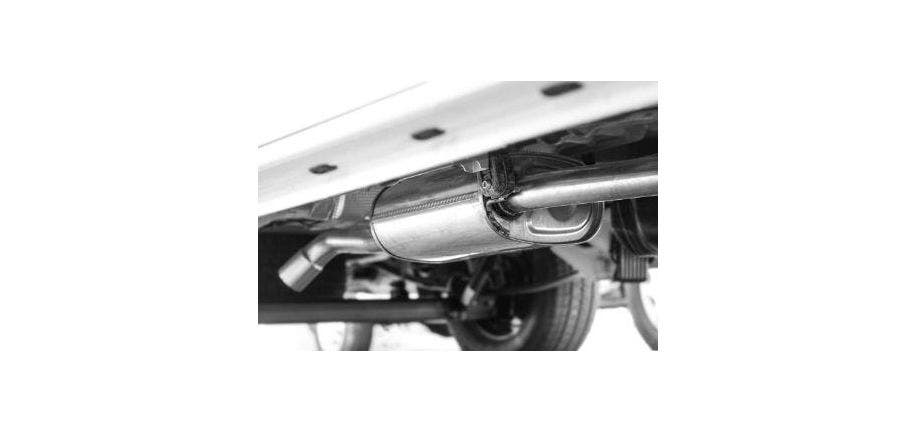The oil pressure sensor, a vital component of your vehicle's engine health monitoring system, plays a crucial role in ensuring proper lubrication and preventing catastrophic failures. However, like any other sensor, it can malfunction over time, leading to potential engine damage if left unchecked. This guide delves into the three most common symptoms of a bad oil pressure sensor, empowering you to diagnose the issue and perform a safe and effective replacement.
Understanding the Oil Pressure Sensor:
The oil pressure sensor, typically located near the engine block or oil filter, continuously monitors the oil pressure within the engine. It converts the pressure into an electrical signal sent to the Engine Control Unit (ECU). The ECU then uses this information to adjust various engine functions like fuel injection and valve timing, ensuring optimal performance and lubrication.
Understanding the Oil Pressure Sensor:
While symptoms can vary depending on the specific issue and vehicle model, three common signs point towards a potential oil pressure sensor malfunction:
- Illuminated Oil Pressure Warning Light: This is the most obvious indicator. The oil pressure warning light, usually a red oil can symbol, is designed to illuminate when the sensor detects abnormally low oil pressure. However, a faulty sensor itself can trigger the light, even if actual oil pressure is adequate.
- Erratic Engine Performance: In some cases, a malfunctioning sensor can send inaccurate oil pressure readings to the ECU, leading to erratic engine behavior. This might manifest as:
- Rough idling
- Reduced power and acceleration
- Engine knocking or ticking sounds
- Stalling or difficulty starting
- Inaccurate Oil Pressure Gauge Reading (if equipped): Some vehicles provide an oil pressure gauge on the instrument cluster. A faulty sensor can cause the gauge to display incorrect readings, fluctuating erratically or remaining stuck at a specific value, regardless of actual oil pressure.
Diagnosing the Problem:
Diagnosing a bad oil pressure sensor requires a multi-pronged approach:
- Visual Inspection: Start by visually inspecting the sensor and its wiring for any visible damage like corrosion, cracks, or loose connections.
- Check Engine Light Codes: Using an OBD-II scanner, retrieve any stored trouble codes. While not always specific to the sensor itself, certain codes might indicate issues related to the oil pressure system.
- Oil Pressure Gauge Comparison (if applicable): If your vehicle has an oil pressure gauge, compare its readings with the manufacturer's specifications or consult a mechanic for a professional assessment.
- Manual Oil Pressure Test: As a definitive confirmation, a mechanic can perform a manual oil pressure test using a specialized gauge directly connected to the engine. This provides a direct measurement of actual oil pressure, bypassing the sensor entirely.
Replacing the Oil Pressure Sensor:
Replacing a bad oil pressure sensor is generally a straightforward process, but caution and proper procedures are crucial. Here's a general outline:
- Safety First: Ensure the engine is cool and the vehicle is parked on a level surface. Consult your vehicle's service manual for specific instructions and safety precautions.
- Locate the Sensor: Identify the oil pressure sensor's location based on your vehicle's manual. It's typically located near the engine block or oil filter.
- Disconnect the Electrical Connector: Carefully unplug the electrical connector from the sensor.
- Remove the Old Sensor: Use the appropriate wrench or socket to loosen and remove the old sensor. Be prepared for some oil spillage.
- Install the New Sensor: Apply a thin coating of engine oil to the threads of the new sensor and screw it back into place, tightening it to the specified torque as per the manual.
- Reconnect the Electrical Connector: Securely reconnect the electrical connector to the new sensor.
- Start the Engine and Check: Start the engine and observe the oil pressure gauge or warning light. If the issue persists, consult a mechanic for further diagnosis and repairs.
Important Notes:
- Replacing the oil pressure sensor might not resolve the issue if the problem lies elsewhere in the oil pressure system.
- It's crucial to use the correct replacement sensor for your specific vehicle model and engine.
- If you're unsure about any step, seek professional help from a qualified mechanic to avoid further complications.


































